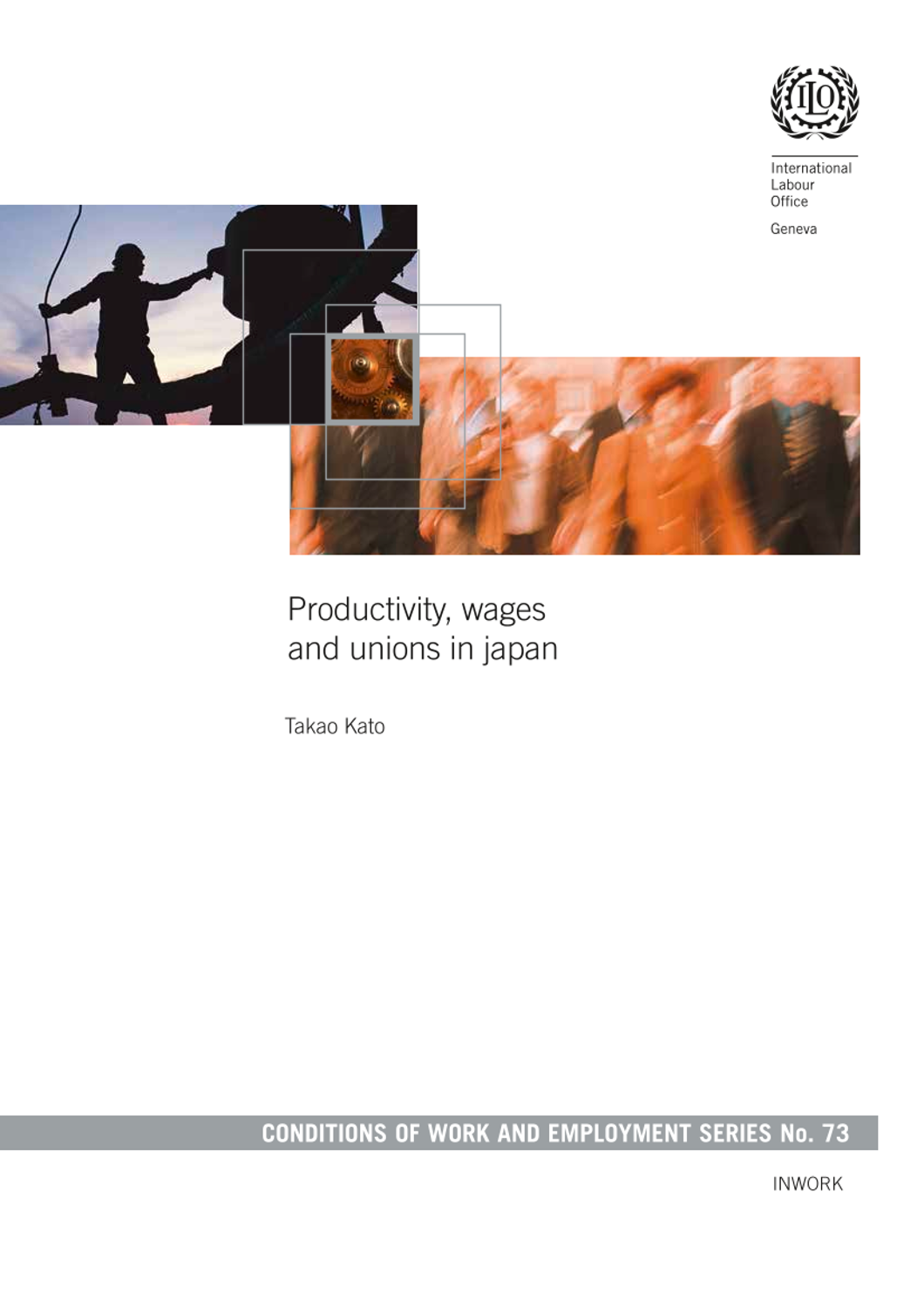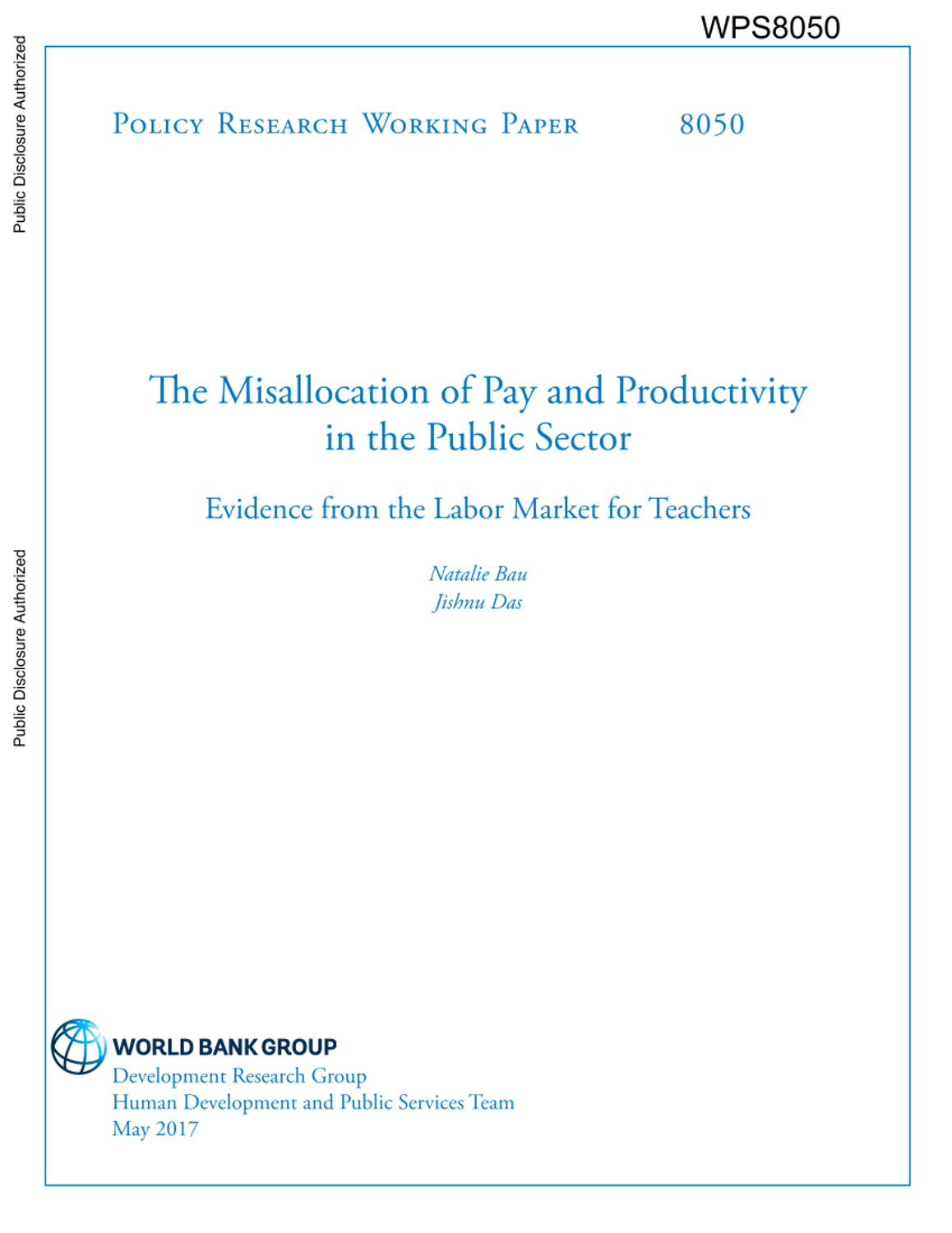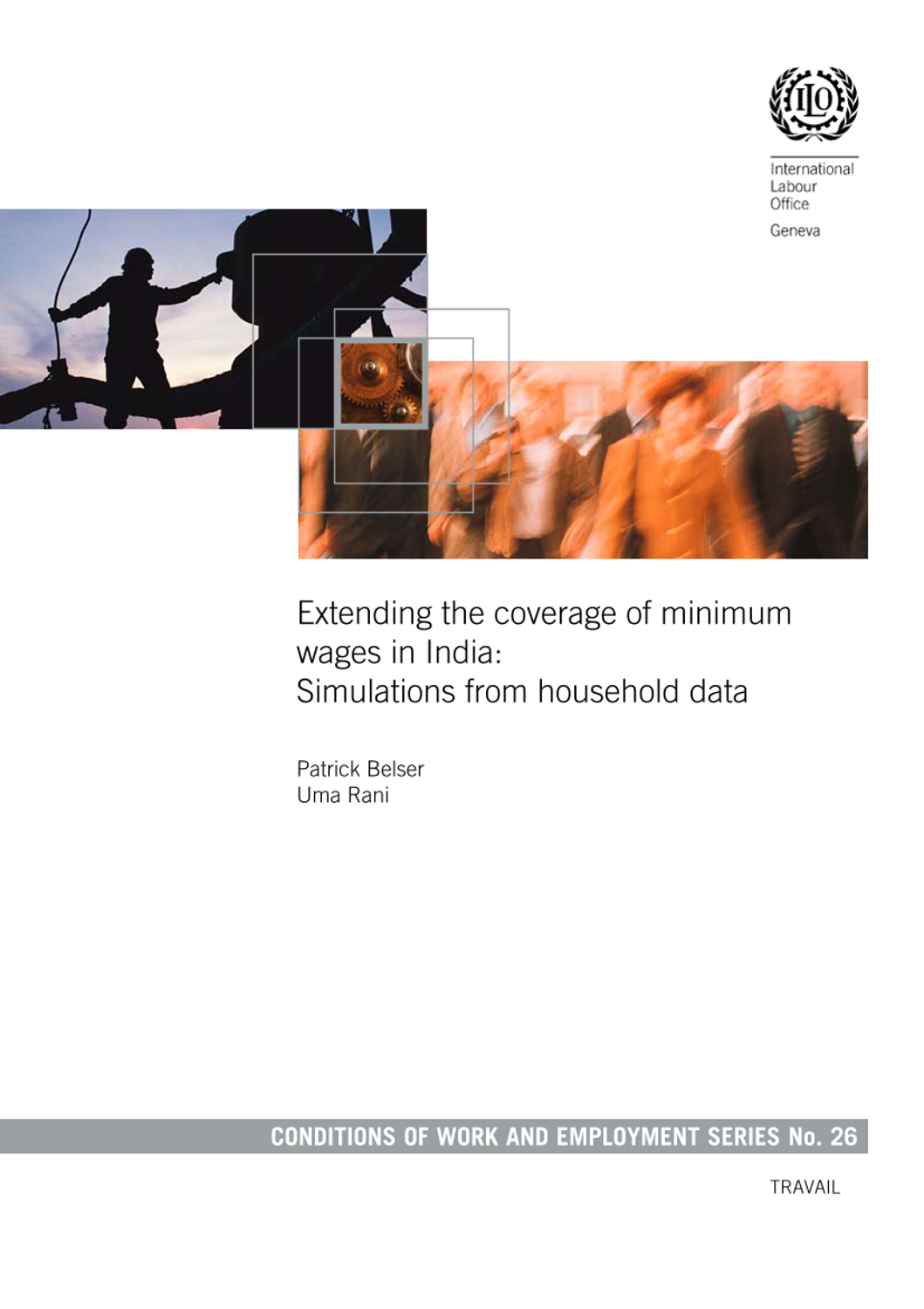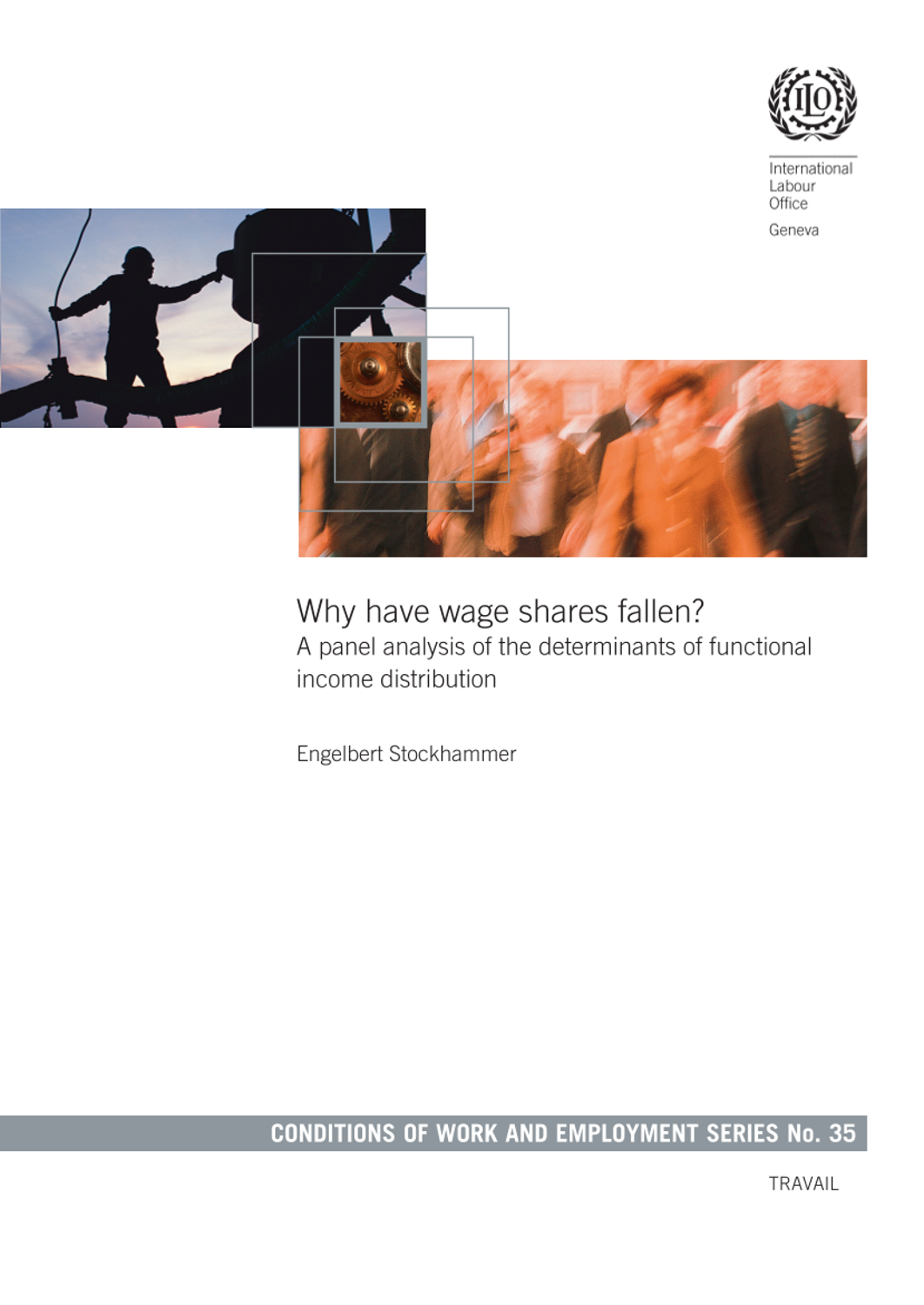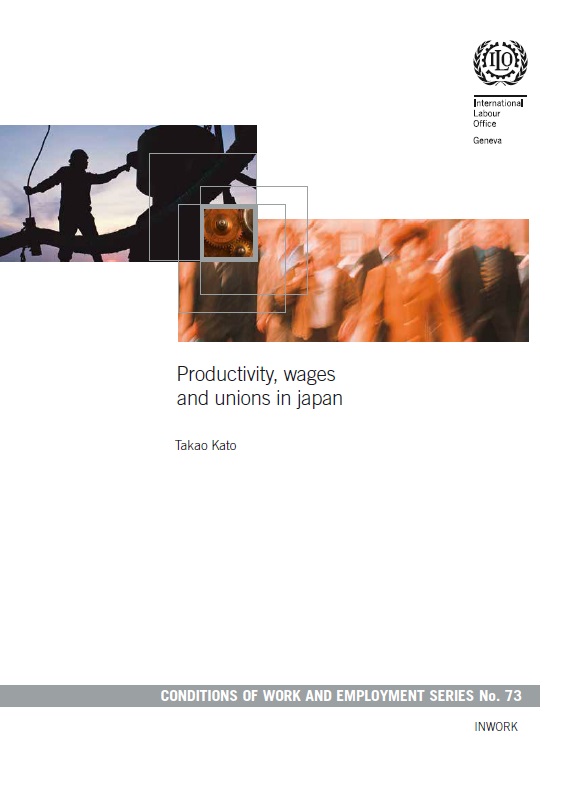
연구보고서Conditions of Work and Employment Series 73
Productivity, wages and unions in Japan
- 청구기호
- CWES 73
- 발행사항
- Geneva : ILO, 2016
- 형태사항
- 36 p. :. PDF file ;. 1,589 KB
- 바로가기
소장정보
| 위치 | 등록번호 | 청구기호 / 출력 | 상태 | 반납예정일 |
|---|---|---|---|---|
이용 가능 (1) | ||||
| E0002331 | 대출가능 | - | ||
이용 가능 (1)
- 등록번호
- E0002331
- 상태/반납예정일
- 대출가능
- -
- 위치/청구기호(출력)
책 소개
This paper begins by providing the historical context for the study of the link between productivity and wages and the role of unions in Japan since 1980. Using quantitative data from a variety of surveys conducted by the Japanese Government and qualitative data from field research, it then documents significant changes in the nature of Japanese unions and Shunto wage bargaining and their role in generating the link between productivity and wages during Japan’s “Lost Decade” and subsequent quiet recovery. Wages did not lag behind productivity growth during the “Japanese Miracle” that preceded the “Lost Decade” thanks in part to the contribution of an effective neutral third-party institution trusted by all parties to the development of a share economy with strong cooperation between labour and management and a strong link between wages and productivity. During the “Lost Decade”, wages started to fall behind productivity growth, however. Negotiations over base wage increases (base-up) were less pervasive, and negotiations over bonuses took centre stage. The idea of establishing the market for annual wage settlements became less relevant, suggesting the diminishing value of the Shunto synchronization of wage negotiations. In the end, the Japanese bonus system proved to be less downward rigid than the base wage, and this downward flexibility of bonuses appears to be a major factor in lagging wages (along with an insufficient increase in the base wage when productivity rises). The possibility that the changing nature of Japanese enterprise unions was an underlying cause of lagging wages is explored, and policy implications are identified.
목차
Abstract
1. Japan since 1980: The Japanese Miracle, Lost Decade, Quiet Recovery, and global recession
2. Productivity and Wages
3. Unions
4. Wage bargaining and Shunto
5. Non-standard employment
6. Conclusions and Policy Implications
References
Figures
Conditions of Work and Employment Series

